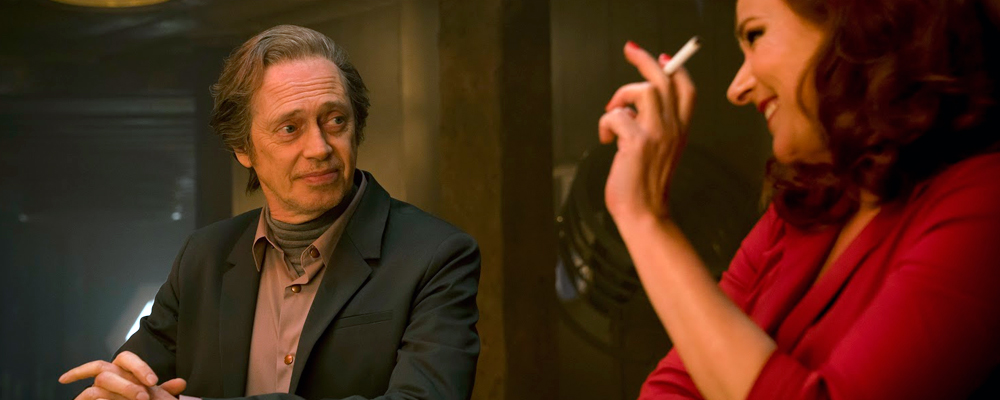Amazon’s ‘Philip K. Dick’s Electric Dreams’ Is Rather Dim Upon Completion
Alex Aronson
Technology has both the desirable ability to simplify and complicate the future as we know it. At least that is what the creators of Amazon’s “Philip K. Dick’s Electric Dreams” would like the viewer to imagine. The high concept episodic features standalone tales that focus on the collision between the behavior of humans and the technology that absorbs them. Originally produced for British airwaves, the series, which premiered for American audiences on Amazon Jan. 12, faces inevitable comparison to Netflix’s pinnacle modern science fiction anthology “Black Mirror,” and the television classic “The Twilight Zone.” However, in the over-saturated television anthology market, “Electric Dreams” doesn’t contain much shine.
The works of writer Philip K. Dick have been used for science fiction classics including “Blade Runner,” “Minority Report,” “Total Recall,” and more recently, the Amazon series “The Man in the High Castle.” In the case of “Electric Dreams,” some stories would have benefited from having full feature length runtimes to expand on the universe and sit with the characters, but for much of the ten-episode count, the 60-minute stories appear to be forced simply to fill the season quota.
To much of its credit, “Electric Dreams” does have some appealing qualities. Most notably, its well-rounded cast, which features performances from Anna Paquin, Bryan Cranston, Steve Buscemi, Terrence Howard, Vera Farmiga, Janelle Monae, and Greg Kinnear. Behind the camera, Michael Dinner (“Masters of Sex”), Jeffrey Reiner (FX’s “Fargo”) and Julian Jarrold (“The Crown”) ensure an impressive futuristic aesthetic. While writers, Matthew Graham (“Doctor Who”) and Ronald B. Moore (“Battlestar Galactica”), among others, do their best to adapt Dick’s fictionist fare.
Out of the ten-episode count, a few stories stand out in top ranking. “The Commuter,” not to be confused with the Liam Neeson film of the same name, explores the fantasy of succumbing to your every desire. But with the illusion, comes the stark realization that the grass isn’t always greener on the other side. The sharply crafted episode is most reminiscent of the atmosphere set out by “The Twilight Zone” and features the most interesting universe.
Every science fiction anthology, of course, needs to pay homage to “Star Trek.” For “Electric Dreams” the homage comes in the form of the pleasing “Impossible Planet.” The episode is probably the one of the most successful of the season, closely behind the virtual reality set “Real Life,” to conjure up a convincing and empathetic romance. But even they are no “San Junipero” ala “Black Mirror.”
Remaining episodes feel as if they suffer from time constraints, with “Human Is” appearing abruptly unfinished and slightly incomplete. While others, such as, “The Father Thing” and “Safe & Sound,” try to amuse with plot twists that fail to dish out much shock value. “Crazy Diamond” features an intriguing film noir-esque character, but there is nothing in the story to make it stand out above the rest. Presentation can only go so far.
Standalone anthologies can be a difficult feat. Given the nature of the high concept technological world’s set within “Electric Dreams,” each episode is tasked with the challenge of setting up and building the rules of the universe, in addition to providing interesting character arcs and story. Having to press reset for each episode can get draining if the proper formula doesn’t adhere. While no recent anthology series has managed to strike ten out of ten, some series reach further than others. From the stories that emerge within the rented rooms of HBO’s “Room 104” and TBS’ “The Guest Book,” to the futuristic science fiction settings in Netflix’s “Black Mirror” and Hulu’s “Dimension 404,” some anthologies are more deserving of a binge. But in the case of “Electric Dreams,” Amazon might have to try again.
“Philip K. Dick’s Electric Dreams“ season one is available Jan. 12 on Amazon.





